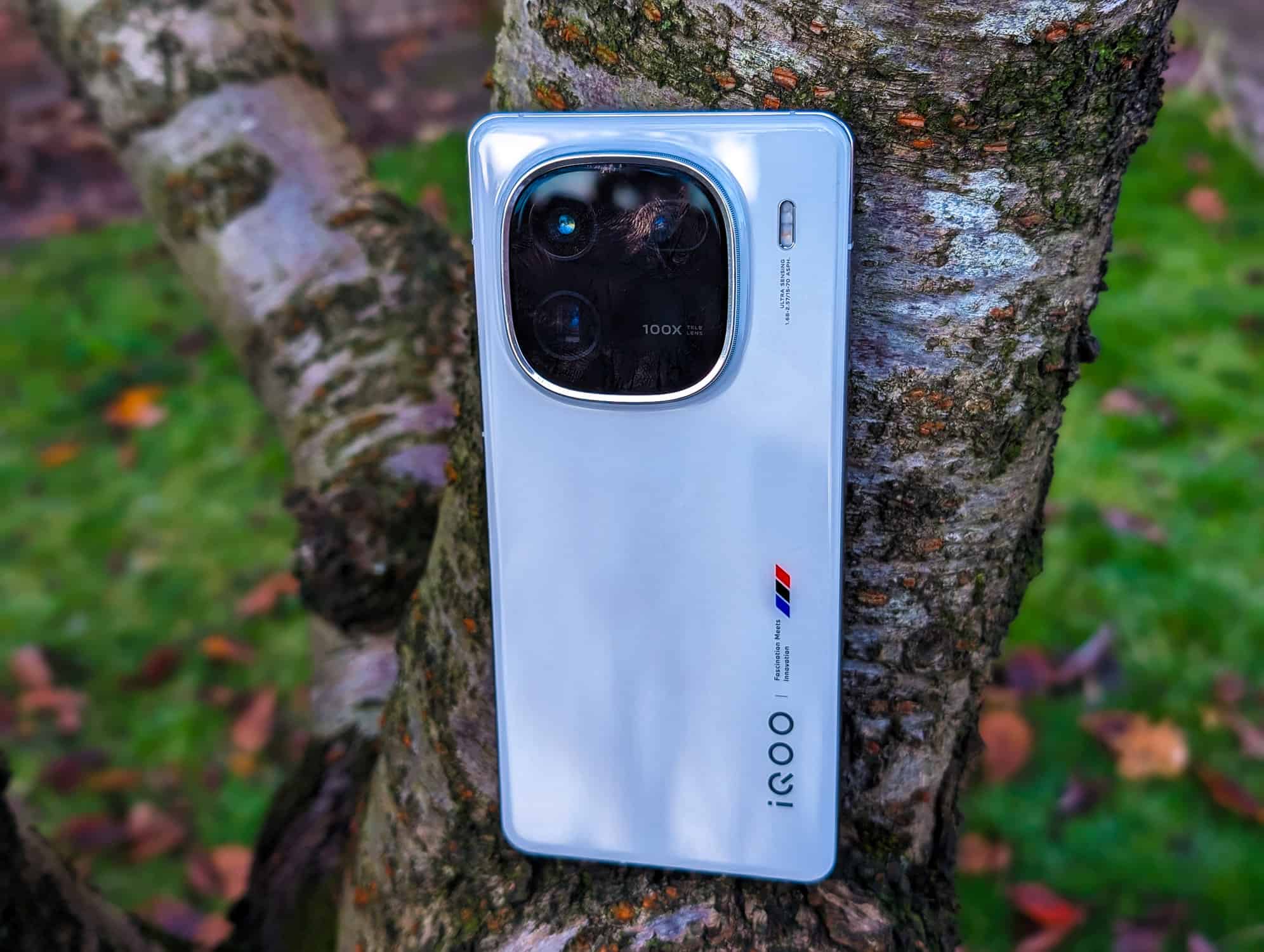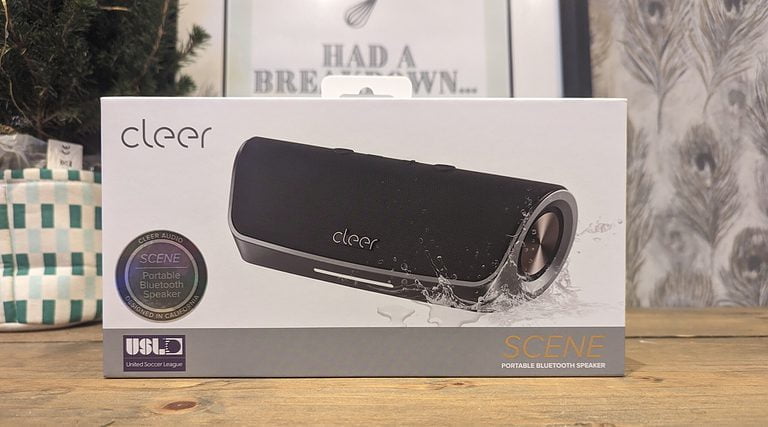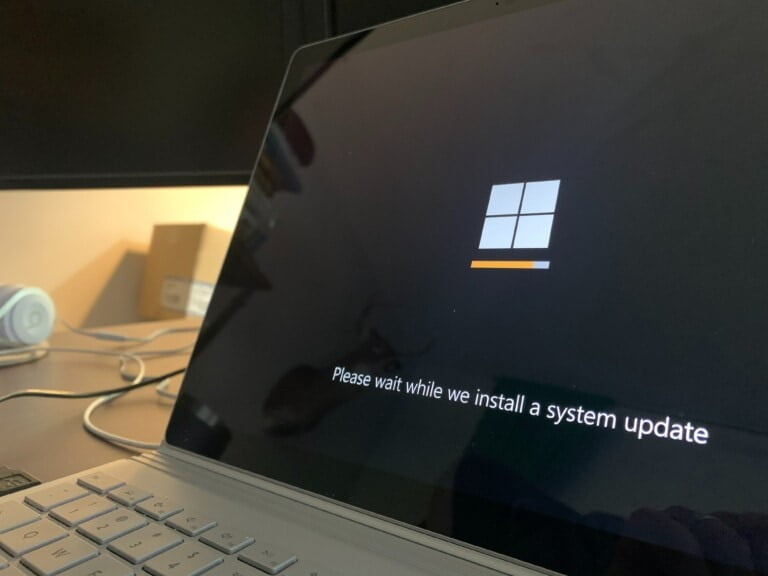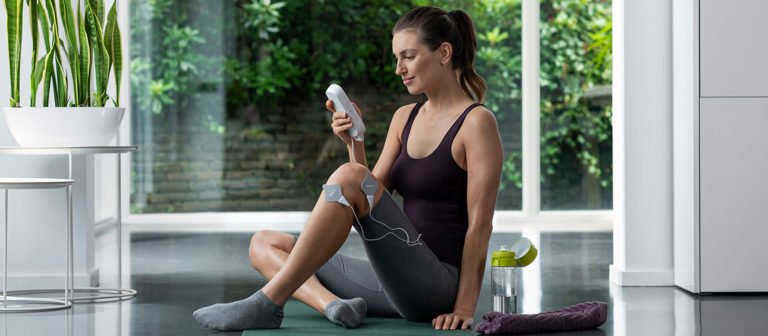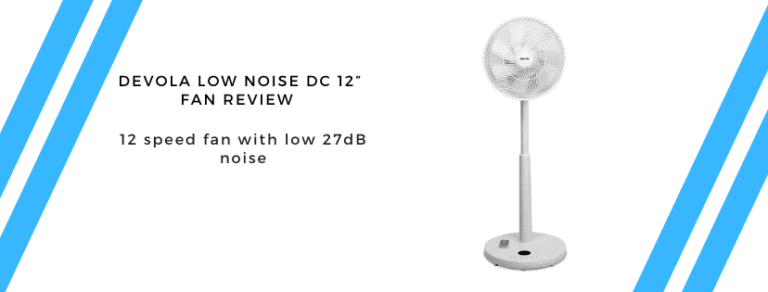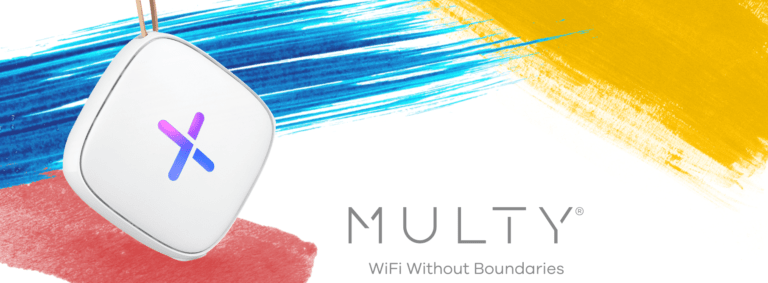Any links to online stores should be assumed to be affiliates. The company or PR agency provides all or most review samples. They have no control over my content, and I provide my honest opinion.
The Vivo iQOO 12 (iQOO is pronounced “eye-koo”) series was the second flagship phone to launch with the Qualcomm Snapdragon 8 Gen 3 chipset, with the Chinese launch back in the middle of November. The Xiaomi 14 series was the first to launch in China on the 1st of November.
The OnePlus 12 was launched in China yesterday, and today, the iQOO 12 received a global rollout with the phone launching in Malaysia and Thailand today, Indonesia tomorrow and India on the 12th of December.
Unfortunately, it is unlikely this phone will see a UK/US launch.
For the past two weeks, I have been using the Vivo iQOO 12, and Vivo has also launched the iQOO 12 Pro
iQOO 12 Specification
- Display: 6.78 inches LTPO AMOLED, 1B colours, 144Hz, HDR10+, 1600 nits (HBM), 3000 nits (peak)
- Chipset: Qualcomm Snapdragon 8 Gen 3
- RAM/Storage:12 GB/16 GB; 256 GB/512 GB
- Rear Cameras:
- 50 MP, f/1.7, 23mm (wide), 1/1.3″, 1.2µm, PDAF, OIS
- 64 MP, f/2.6, 70mm (periscope telephoto), 1/2.0″, PDAF, OIS, 3x optical zoom
- 50 MP, f/2.0, 15mm, 119˚ (ultrawide), AF
- Front Camera: 16 MP, f/2.5, (wide)
- WiFi: Wi-Fi 802.11 a/b/g/n/ac/6/7, tri-band, Wi-Fi Direct
- Bluetooth: 5.4
- Battery: 5000 mAh
- Charging: 120W wired. No Wireless
- IP Rating: IP64
- OS: Android 14, Funtouch 14
- Dimensions: 163.2 x 75.9 x 8.1 mm
- Weight: 203.7 g
iQOO 12 Pro vs iQOO 12 Differences
There is not a massive difference between the iQOO 12 and the Pro model. At the time of writing, I don’t know the official price so I can’t comment on if the Pro is worth the extra cost. But, to summarise, the iQOO 12 Pro improvements are:
- IP68 dust/water resistant (up to 1.5m for 30 min) vs IP64
- Better display, which is a curved AMOLED with 1600 nits brightness vs 1400, and a higher resolution of 1440 x 3200 pixels vs 1260 x 2800 pixels.
- 16GB RAM as default
- 5100 mAh vs 5000 mAh battery
- It also has 50W wireless charging and 10W reverse wireless.
I’d expect/hope that the price difference is quite small.
iQOO 12 vs iQOO 11 Differences
A quick recap on the generation improvements/differences of the iQOO 12 vs iQOO 11:
- Qualcomm Snapdragon 8 Gen 3
- The iQOO 12 actually has a lower resolution display of 1260 x 2800 pixels vs 1440 x 3200 pixels
- 12GB RAM as default vs 8GB
- UFS 4.0 for all models
- Significantly upgraded zoom and ultrawide camera
Design and Build Quality
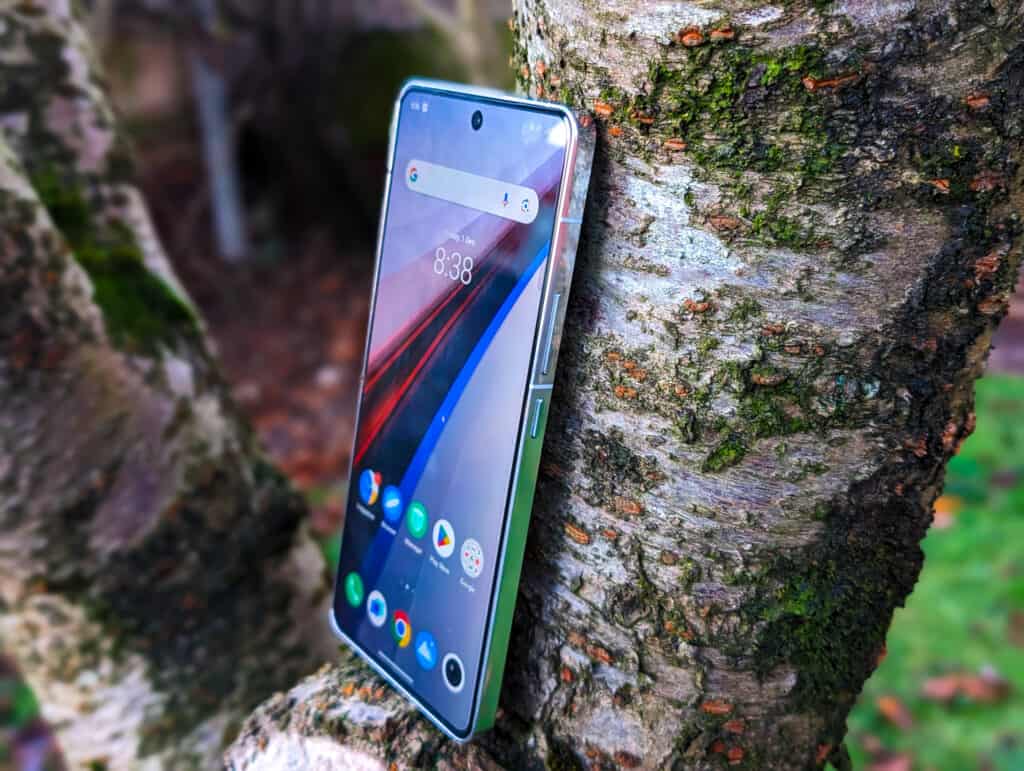
The iQOO 12 I was sent is the white Legend edition, which is supposed to be BMW M Motorsport branded. However, it doesn’t really have much BMW branding other than the small tri-colour striped logo on the rear.
The iQOO 12 features a unique rear camera housing called the Porthole Design, which is inspired by spaceships. There are three sensors with no unnecessary additions like a macro camera.
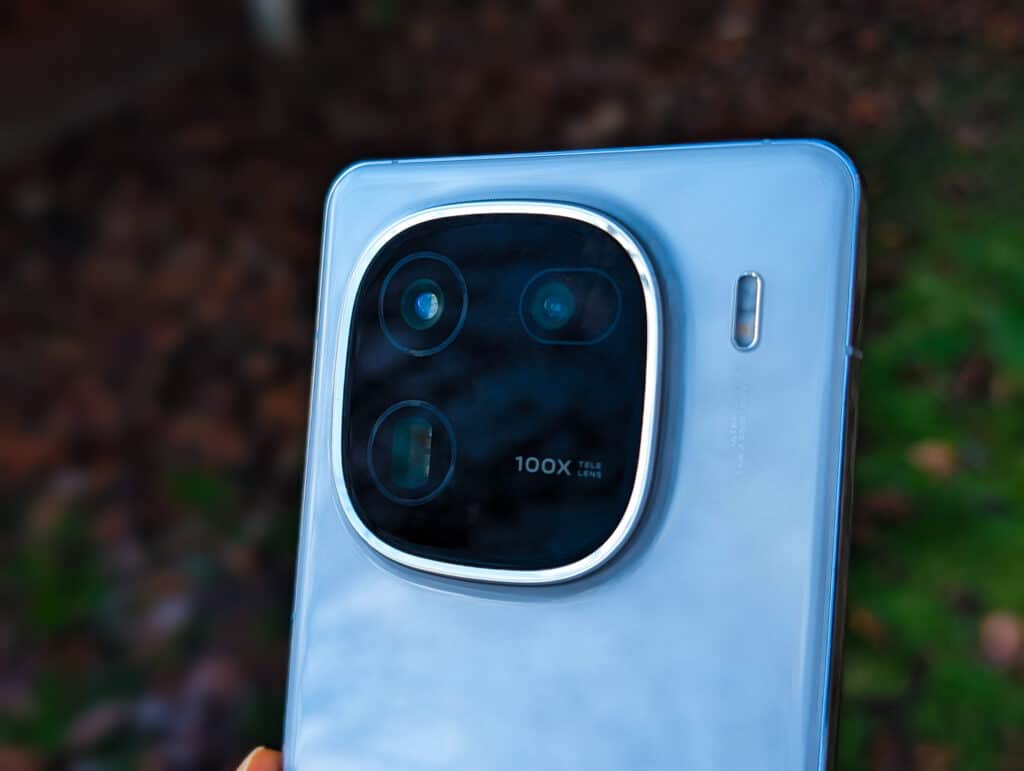
It has an aviation-grade aluminium frame with a specialised thermal layer between the display and internal hardware to mitigate hotspots during intensive gaming sessions.
The phone measures 8.1mm thick, which must make it one of the thinnest phones on the market. It is 0.7mm thinner than my Pixel 8 Pro. Vivo claims this is possible due to the graphite battery, which has 9% larger capacity than the previous generation.
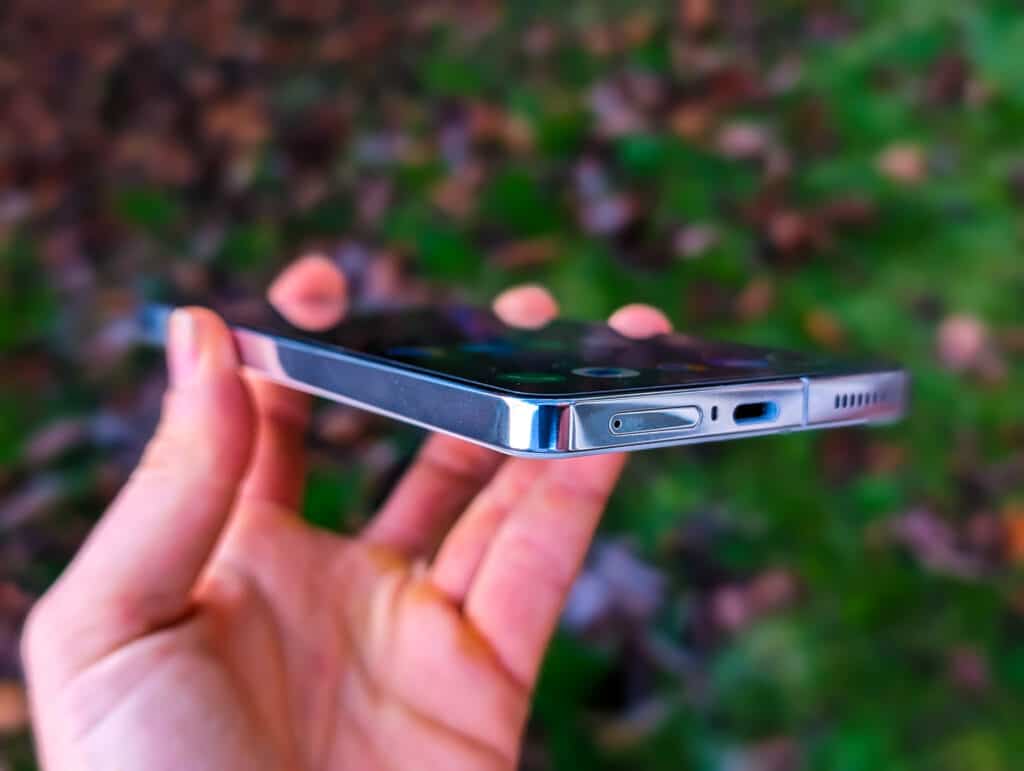
I’d say the overall design is attractive but unremarkable and the build quality is good. It feels light in the hand and that 8.1mm thickness is noticeable when switching between phones.
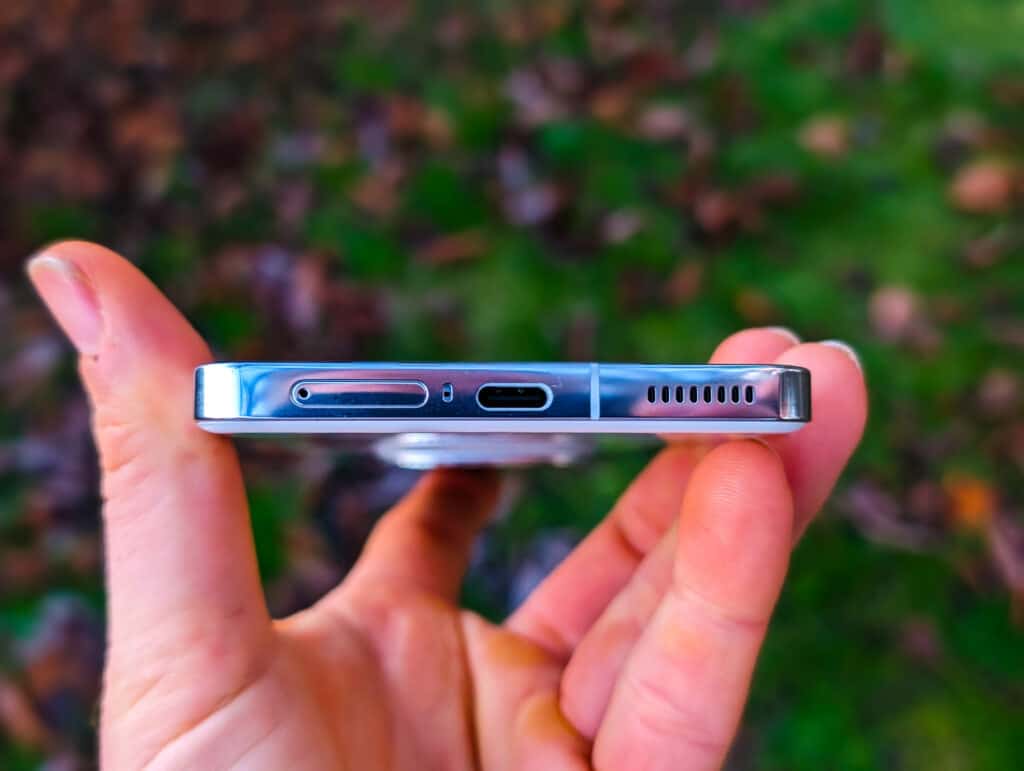
Display

The iQOO 12 sports flat a 6.78-inch AMOLED display with 2800 x 1260 resolution, 144Hz refresh rate, HDR10+ certification, and 1600 nits peak brightness.
The panel has a colour accuracy rating of 100% DCI-P3 and can switch between 1Hz to 144Hz refresh rates automatically to preserve battery life.
The display quality is excellent, even though flat panels look less impressive than a curved display, these often have superior usability.
Camera
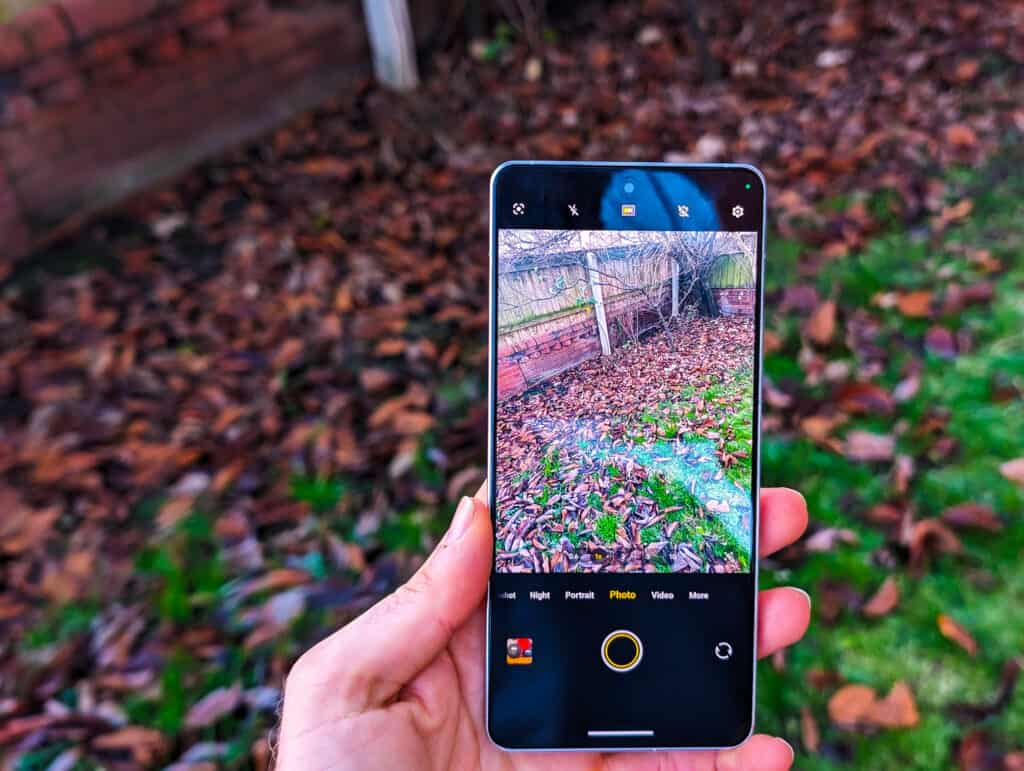
I have been pleasantly surprised with the camera of the iQOO 12. You expect affordable flagship phones to only have one decent camera, but this phone has had the secondary and tertiary cameras significantly upgraded from the previous generation.
The main rear camera is 50MP f/1.68 with a large 1/1.3-inch sensor OIS and EIS support and is capable of 8K video and 240fps slow motion.
While many phones use Samsung or Sony sensors, this sensor is the Omnivision OV50H CMOS sensor, which was launched at the start of 2023.
There is then a 50MP f/2.0 ultra-wide camera, though the sensor is quite small at 1/2.76″.
Finally, there is the 64MP f/2.57 telephoto camera with 3x optical zoom and a 1/2″ sensor that claims to do 10x hybrid zoom and 100x digital zoom. It also has OIS support, which is much needed for zoom.
For the selfie camera, you have a 16 MP Front Camera (f/2.45, 27mm)
The main camera has an impressive, effective pixel size of 2.4 μm, delivering superior low-light performance.
It is both the low light and zoom performance I have been particularly impressed with. The Pixel 8 Pro is often regarded as the best phone for a camera with exceptional low-light performance, but I think the iQOO 12 does an admirable job of keeping up with the Pixel in low light.
Similarly, looking at the 10x zoom photo of Blackpool Tower, I haven’t used many phones that can achieve that level of detail. The OIS clearly helps here, as many phones struggle with blurriness due to stability issues.
For video, you can shoot up to 4K@60fps or 8K@3fps. It appears that OIS may be disabled with 8K, as I found the video quite shaky in comparison to 4K. Under the more tab there is a slow motion function with options up to 1080P@240fps.














Performance and Benchmarks
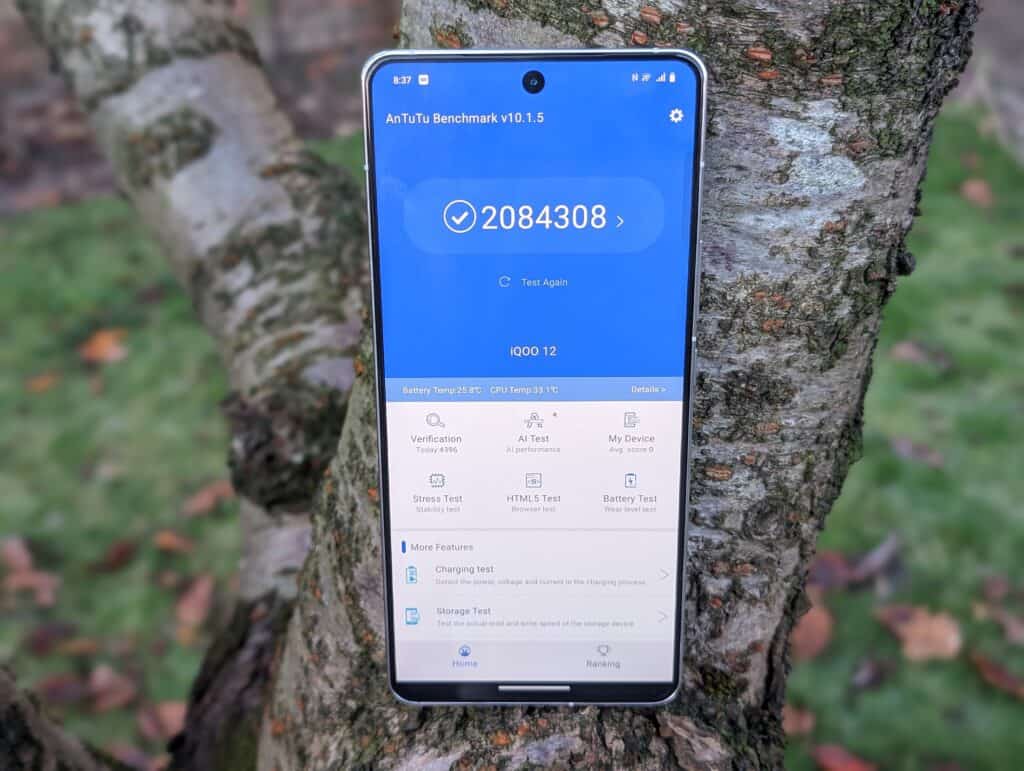
With the Snapdragon 8 Gen 3 and 12GB RAM, the iQOO 12 ranks among the fastest Android phones in benchmarks.
I have done a detailed analysis of the Snapdragon 8 Gen 3 benchmarks on the iQOO 12 and found the performance to be phenomenal, with an Antutu score of 2084308, 52% higher than what I achieved on the Honor Magic5 Pro with the Snapdragon 8 Gen 2.
Some initial 3DMark Wildlife stress testing benchmarks indicated significant throttling, but following firmware updates and subsequent testing, the throttling issue was reduced, with it achieving a stability of 65%, which is similar to previous generations of chipsets.
The end result was a high score that’s 42% higher than the SD8 Gen2 and 77.5% higher than the Snapdragon 8 Gen 1 and a low score that’s also 42% higher than the low score of the Snapdragon 8 Gen 2.
AI benchmarks show Qualcomm’s commitment to AI with a score that’s 69.4% improvement over the previous generation and is almost 4.5x better than the Tensor G3.
UFS 4.0 storage offers 100% faster sequential read speeds compared to UFS 3.1 for rapid app loading. The phone remains cool during intensive gaming thanks to the advanced cooling system with a large vapour chamber and aircraft-grade materials.
It is worth noting that the storage may be ultra-fast, but the USB-C port is slow using USB 2.0.
Like all flagship phones, it is hard to gauge the real-world difference because phones are now so powerful there are not many scenarios where these chipsets make a significant noticeable difference. However, the combination of the Snapdragon 8 Gen 3 and 144 Hz LTPO AMOLED give a flawless user experience when using the phone.
Gaming
The custom Supercomputing Chip Q1 brings Game Super Resolution, Game Super Frame Rate up to 144fps, and Game Display Enhancement to boost graphics quality in games.
The high refresh rate display, linear motor for haptics, and dual speakers with 1.2cc chambers provide an immersive gaming experience.
I played some games for several hours and everything worked perfectly. There was a normal level of battery drain and I didn’t experience the phone getting too hot.
Battery and Charging
The 5000 mAh battery supports insanely fast 120W charging that can charge to 100% in just 25 minutes. Some may feel that 120W is unnecessary, but it is incredibly useful when low on battery and short on time.
The phone uses Graphite Battery technology for improved energy density and slim design. Battery Saver mode and 0% Battery Instant Startup further improved the overall user experience.
For the PC Mark Work 3.0 battery benchmark, the phone achieved an impressive time of 15h 22 mins, which is almost two hours longer than I achieved on my Honor Magic5 Pro, which had a fractionally larger battery.
Real-world use has this easily lasting a day of moderate to heavy use, and it is substantially better than my Pixel 8 Pro, which has been my main phone for the past couple of months.
Funtouch 14 & Android 14
This is one of the first phones to launch with Android 14 after the Pixel 8 series. It then uses Funtouch OS 14, which is used on the international variants of Vivo phones.
I’d say Funtouch OS 14 is the worst part of this phone, it comes with a lot of bloatware and some of the software nags you with recommendations.
In particular, I do not like V-Appstore, which tries to push apps on you. Thankfully, within the settings, you can disable notifications and the annoying hot apps and hot games features.
Unfortunately, it is not possible to delete or disable apps such as V-Appstore and iManager, your best bet is to try and reduce the notifications, permissions and restrict battery usage.
Apps that I could uninstall were:
- Agoda
- Lazada
- Netflix
- Shopee
- Tiktok
- Trip.com
- Viu
It is worth noting that this level of bloat is quite normal for phones launched into the Asian market, it is only Western phones that have a cleaner OS.
Beyond these issues, the overall OS experience has been good, I have experienced no issues with glitchy behaviour, and I was able to get Google Pay to work with one of my cards, which is something that’s not always possible on none-western phones (for example Infinix).
Price and Alternative Options
iQOO 12 is being released in Malaysia and Thailand today, December 6, Indonesia on December 7, and India on December 12.
At the time of writing, I do not know the official price. Early leaks indicate the price in India will be around 57,000 Indian Rupees, which works out to about £540.
In China, the base iQOO 12 model, with 12GB RAM and 256GB storage, starts at approximately 3999 CNY, which works out at about £445.
It is unlikely to be launched in the UK or US.
Some grey import sites list the Vivo iQOO 12 Pro 5G Dual SIM 16GB/512GB at $889/£700.
The Xiaomi 14 and Xiaomi 14 Pro are the only two other phones available with the Snapdragon 8 Gen 3 and the overall specification and price is similar to the iQOO 12 series. The Xiaomi 14 has a smaller display of 6.36 inches, with a lower refresh rate, the base RAM is only 8GB, it also has a smaller battery of 4610 mAh and slower charging at 90W. However, the charging is PD3.0 QC4 giving you better performance with third-party chargers, it also has 50W wireless charging, faster USB Type-C 3.2 and a higher 32MP megapixel selfie camera. It appears that the iQOO 12 and Xiaomi 14 are priced similarly.
Overall
It is always difficult to form an overall opinion on phones like this and options from Infinix, because there is no official UK/US availability, so I can’t comment on the overall value for money, which is something that heavily influences my reviews.
If this launched in the UK for £540 (same as the reported Indian price), I would highly recommend it.
Similarly, my main criticism of this phone would be the bloatware and the V-Appstore that pesters you with app recommendations. However, this is a common problem for Asian markets so it is a bit hard to heavily criticise this when competing phones will likely have the same issues.
With those caveats aside, I think the iQOO 12 is an excellent phone.
The performance is obviously spectacular, considering it is using the Qualcomm Snapdragon 8 Gen 3. This chipset seems to be a significant upgrade from its predecessor.
I have been particularly impressed with the camera. I won’t try and claim it is the best on the market, but it is substantially better than I expected for an affordable flagship phone with it having superb low light and zoom performance.
Even though I am not keen on the bloatware, I have found the OS to be stable and perfectly usable.
Overall, I’d be more than happy to use this as my main phone.
This Vivo iQOO 12 review was originally published on Mighty Gadget
Vivo iQOO 12 Review
Summary
I think the iQOO 12 is an excellent phone.
The performance is obviously spectacular, considering it is using the Qualcomm Snapdragon 8 Gen 3. This chipset seems to be a significant upgrade from its predecessor.
I have been particularly impressed with the camera. I won’t try and claim it is the best on the market, but it is substantially better than I expected for an affordable flagship phone with it having superb low light and zoom performance.
Even though I am not keen on the bloatware, I have found the OS to be stable and perfectly usable.
Overall, I’d be more than happy to use this as my main phone.
Overall
85%-
Overall - 85%85%
Pros
- Outstanding performance.
- Primary and zoom lens are excellent
- Ultrafast 120W charging
Cons
- Bloatware
I am James, a UK-based tech enthusiast and the Editor and Owner of Mighty Gadget, which I’ve proudly run since 2007. Passionate about all things technology, my expertise spans from computers and networking to mobile, wearables, and smart home devices.
As a fitness fanatic who loves running and cycling, I also have a keen interest in fitness-related technology, and I take every opportunity to cover this niche on my blog. My diverse interests allow me to bring a unique perspective to tech blogging, merging lifestyle, fitness, and the latest tech trends.
In my academic pursuits, I earned a BSc in Information Systems Design from UCLAN, before advancing my learning with a Master’s Degree in Computing. This advanced study also included Cisco CCNA accreditation, further demonstrating my commitment to understanding and staying ahead of the technology curve.
I’m proud to share that Vuelio has consistently ranked Mighty Gadget as one of the top technology blogs in the UK. With my dedication to technology and drive to share my insights, I aim to continue providing my readers with engaging and informative content.

